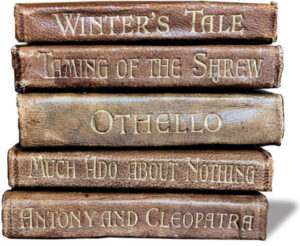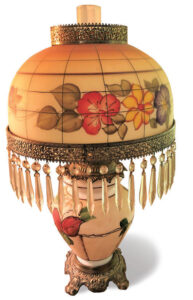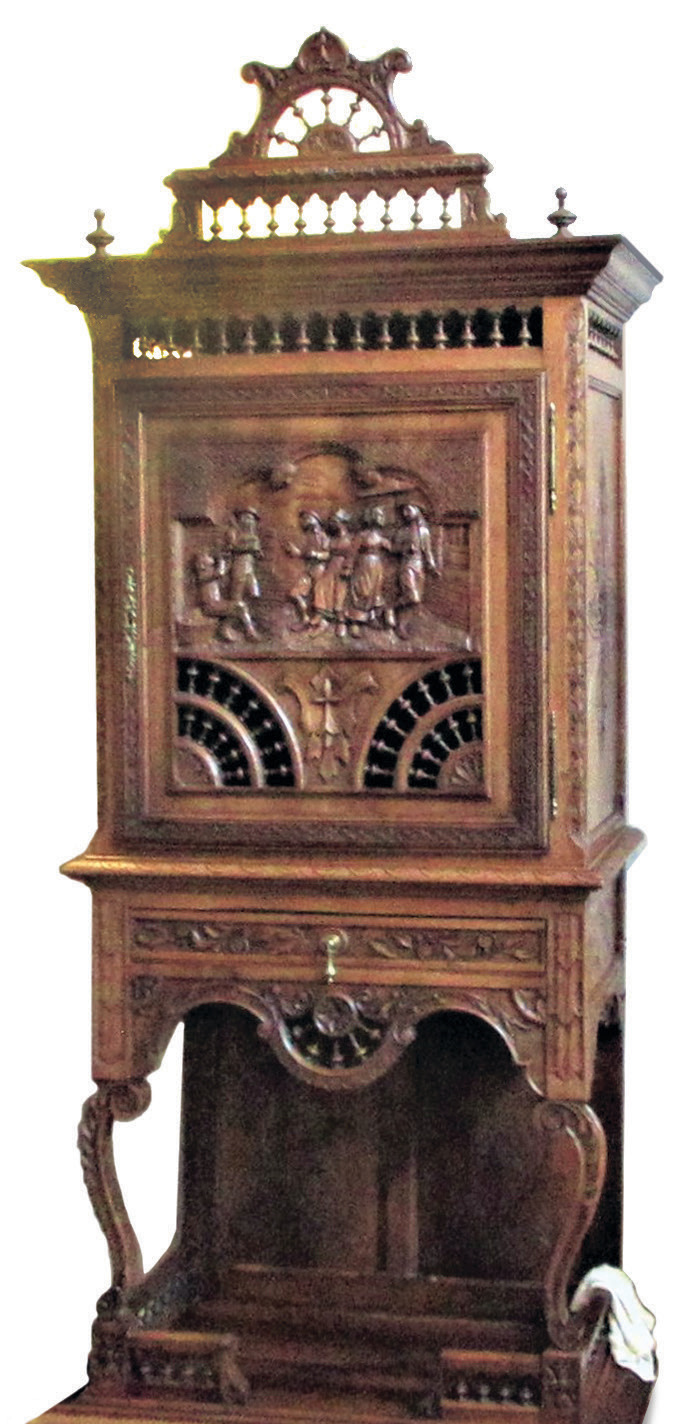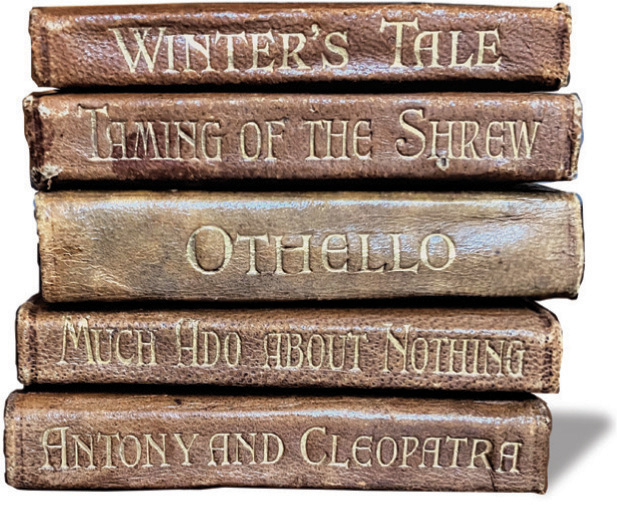Dear Connie Sue,
I found these little books years ago in an antique shop in Tupelo, Mississippi. They were a bit of a splurge for me, but I was fascinated by them and wanted to know more of their story. They are 2.75 inches tall, 2 inches wide and were printed in Great Britain. I have not been able to learn much about them, so I would love to know what you think.
— Laura

Dear Laura,
It’s difficult to comprehend the size of your miniature books without something to compare them to. They are almost the size of a credit card, just a quarter-inch shorter. The publisher, Sampson Low (1797-1886), began his career selling books. In partnership with Edward Marston, the publishing company Sampson Low & Marston Co. began in the 1850s.
Your miniature books, printed before 1910, are priced in the U.K. between $38 and $45 each. Shipping would add at least $10.
Anytime I see a book that is “printed” rather than “published,” I am intrigued. They are precious.
 Dear Connie Sue,
Dear Connie Sue,
I’m familiar with you through The Tennessee Magazine. I am inheriting this lamp in a house in West Tennessee, and I know it has been in this living room since this house was built in the early 1960s. I wonder if you can tell enough from this picture to furnish an appraisal of it? I am willing to pay any fee via a Mastercard or mail you a check. A lady wants to purchase it from me, but if it is valuable, I’ll probably just keep it myself.
— Randle, Burns
Dear Randle,
Made about the time the house was built, your lamp could sell for as little at $45 at the end of an estate sale. Or it could bring just over $100 from an antique store where tourists shop. It was built for electricity, so it’s not especially old. I see them in homes every week. We love our front window lamps with night lights in the base.
Because I make my living by appraising houses full of antiques, I don’t do individual items — except for those addressed in this column. You were lucky!

Dear Connie Sue,
It seems the younger generation doesn’t treasure antiques as we and our parents did, and none of my 12 grandchildren wants this piece. I bought it about 25 years ago but know little about it. I don’t know what to do with it.
— Ann
Dear Ann,
Your oak cabinet was built to hold linens. The single door, slender drawer and open shelf below seem more logical when you think of storing linens in a hallway — without closets. It was made in the late 1800s in France. Similar linen cabinets carved in relief sell for $350 to $750.
The cabinet is big and brown. For mobility and personal preference reasons, these two characteristics make such items slow to sell to people under 45. I think they treasure antiques but might not want to be the keeper of all the treasures.
Although painting wooden furniture from the past has become an accepted practice with the younger generations, I don’t think paint should ever touch this linen cabinet.



